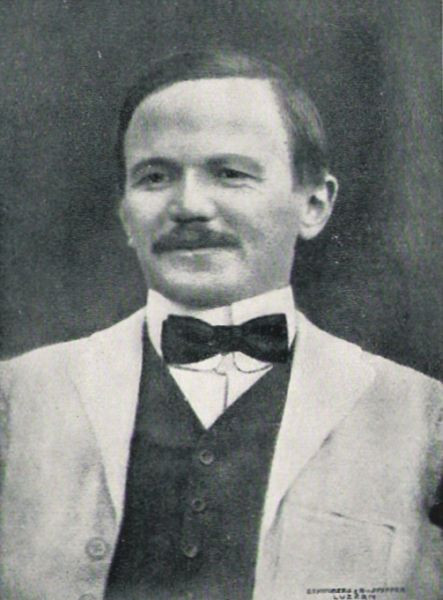
HUBER Édouard (EN)
Biographical Article
As a graduate of the École des langues orientales pour le chinois et l’arabe (School of Oriental Languages for Chinese and Arabic) and of the École pratique des hautes études en sanskrit et philologie indienne (Practical School for Advanced Studies in Sanskrit and Indian Philology), Édouard Huber joined the École française d’Extrême-Orient (EFEO) in January 1901, first as an attaché, and then as a fellow. His scientific work focused on Buddhist literature and Indochinese philology. He was interested in the Chinese versions of Buddhist texts and scriptures: the translation of the route through India of the pilgrim Ki-ye (繼業) (1902) and of the Sutrālamkāra of the Buddhist poet Aśvaghoṣa (80-150) [अश्वघोष] (1908), emphasising the rich material contained in the Chinese Tripitaka. Édouard Huber wrote the French translation of Le Pratimoksasûtra des Sarvastivadins, a Sanskrit text published by Louis Finot (1894-1935), with a Chinese version by Kumārajīva (कुमारजीव) [344-413]. In the field of Indochinese philology, the history of Campa is indebted to him for the discovery and deciphering of epigraphic documents. In addition to epigraphical study, Édouard Huber was attentive to the chronicles specific to each country, in order to improve knowledge of the history of Indochina. He was particularly interested in the Mon or Talain people of Pegu (Bago) (in Burma, present-day Myanmar), whom he considered to be one of the oldest civilised peoples on the peninsula. In 1906, he was responsible for Chinese instruction at the EFEO, during the mission of Paul Pelliot (1878-1945) in Central Asia, and then became a professor of Indochinese philology in 1911. He left again in 1913 for a mission in Siam, in order to complete his study of the Annals of Pegu, but was struck down by illness shortly after his arrival in Cochinchina.

The Collection
The collection consists of Burmese manuscripts, mostly acquired in 1912 by Édouard Huber (1879-1914) along with fellow orientalist Charles Duroiselle (1871-1951). Dating primarily from the 19th century, the paper copies were made between 1903 and 1906, in the Burmese alphabet, in the Pāli languages and Burmese for the religious texts, including one in ancient Burmese. The "paper" archives contain the main text in Burmese; some titles are transcribed in the Latin alphabet with occasional annotations in French.

Related articles
Collection / collection d'une personne

Personne / personne

